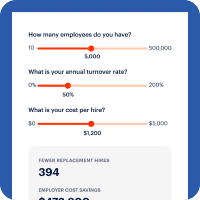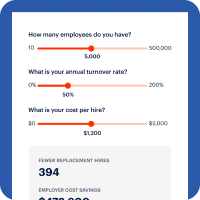-
Employers
DailyPay Overview
On-demand pay — also known as earned wage access — gives employees access to their earned pay before payday. DailyPay is your key to improving recruitment, retention, motivation and productivity.
Why DailyPay
DailyPay helps you deliver on-demand pay that gives your employees the financial control they need to be more engaged, motivated and happier at work.
Clients
DailyPay partners with industry leaders across HCM and payroll for a seamless experience.
IndustriesSee the DailyPay difference Let's Talk -
Solutions
Platform & FeaturesBy initiativeExplore all Integrations Our on-demand pay solution integrates with payroll and time management systems.
-
Our Partners
-
Resources
LearnResource Center Our library of on-demand pay thought leadership.
- For Employees












